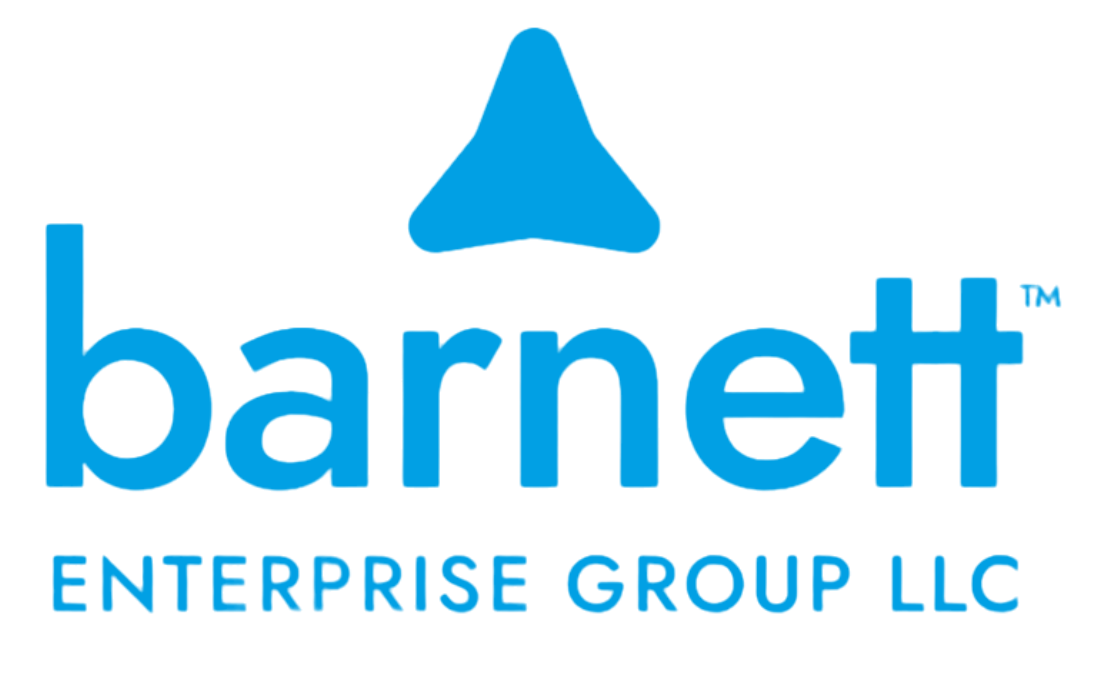That ringing phone isn’t just background noise — it’s your frontline for acquiring and retaining customers. It’s how worried homeowners with sudden roach infestations reach out, how restaurants book essential preventative services, and how new commercial clients discover a reliable solution to their pest concerns.
Having worked closely with pest control companies over the past year, one truth has become clear: your phone system can either be a growth engine or a silent leak draining leads and valuable time.
At first glance, phone systems might seem like commodity tools — but that’s exactly where businesses miss the mark. Features considered “nice-to-haves” are often the very things that make or break a sale. If scaling your operations and capturing every potential lead matters to your team, here are three essential phone system features that should never be compromised:
1. Open API Accessibility
Your Key to Control, Automation, and True Integration
An Open API (Application Programming Interface) is more than a tech buzzword — it’s your digital connector, giving you the power to fully integrate your phone system with your CRM, lead platforms (like Scorpion), scheduling tools (like FieldRoutes), and more.
Without API access, your phone system becomes a silo, trapping valuable data and limiting your ability to:
- Automate data entry: Log call details, caller info, and outcomes directly into customer records, saving time and reducing errors.
- Trigger timely follow-ups: Automate workflows that respond to missed calls or inbound leads, so nothing slips through the cracks.
- Track ROI with precision: Connect phone data with marketing channels to know exactly which campaigns are driving calls and sales.
Systems that lack open APIs limit your flexibility, slow your team down, and prevent you from creating the efficient, integrated workflows that modern pest control operations demand.
2. Unified Communication
Texting and Calling From One Recognizable Business Number
Imagine a customer experience that starts with a call from one number, followed by a text from another, and ends with a reminder from yet another source — or worse, a technician’s personal phone. Disjointed communication can hurt trust and project a lack of professionalism.
The solution: one number for both texting and calling.
This feature allows you to maintain brand consistency and respond faster. If you miss a call, you can instantly text back:
“Hi [Caller Name], sorry we missed your call! How can we help with your pest issue?”
That quick recovery can be the difference between a new customer and a lost lead. And yet, many phone systems still don’t offer this basic functionality in a seamless way.
3. Robust Data Access
Make Smarter Decisions with Real-Time Call Insights
You can’t fix what you don’t measure — and your phone system should be a rich source of insights into how your business is handling inbound interest. You should know:
- Call volume trends – to plan staffing.
- Missed/abandoned calls – to identify service gaps.
- Text volume – to understand how customers prefer to engage.
This data informs smarter decisions around:
- Lead tracking: Know exactly when and where leads are coming in.
- CSR staffing: Adjust call coverage during high-volume periods (like Monday mornings) to avoid lost opportunities.
When used correctly, your phone data becomes a strategic asset, not just a utility.
Looking Ahead: AI Is Already Here
Foundational features like these set the stage for exciting advancements in automation. Picture this: a potential customer finds your company through Google Local Services and calls on a Saturday afternoon. Your team misses the call — but an AI agent, integrated with your phone system, texts the lead instantly.
This AI can answer common questions, qualify the issue, and even schedule an inspection — all via text.
This isn’t some future fantasy — this technology is already in use by forward-thinking teams. But it only works if your phone system already supports automation, unified messaging, and deep data access.
Trusted Tools That Get It Right
From our experience, the following platforms consistently meet the needs of modern pest control teams:
- Podium: Great for teams handling high volumes of calls and texts. It excels with centralized communication, API flexibility, and CSR efficiency. Ideal for companies with multiple reps or call center-style setups.
- OpenPhone: A cost-effective option for leaner teams or owner-operators still fielding calls themselves. It delivers on key features like shared numbers for texting/calling and insightful data access at a great value.
Note: These recommendations are based solely on industry experience and are not part of any paid promotion. Always vet any tool for your specific needs.
Final Thought
Your Phone System Should Work As Hard As You Do
Your phone system isn’t just another expense — it’s a critical asset. With the right tools in place, it can become one of your most powerful growth drivers. But without foundational capabilities like open APIs, unified communications, and robust data insights, you’re likely leaving revenue on the table.
Make sure your system isn’t just taking calls — but actively helping you grow.
If you’d like help assessing your current setup or want to see what a better-integrated system could look like for your team, schedule a time to chat.

